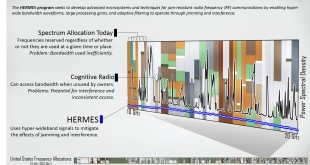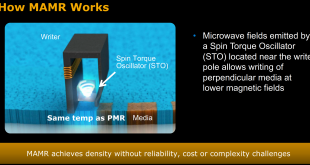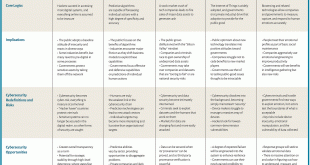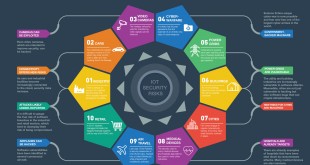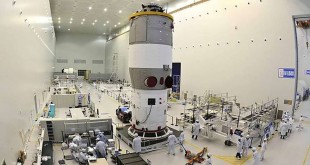A nanofiber is a fiber with a diameter of 100 nanometers or less. The nanofibers due to some special properties are being investigated for a myriad of potential applications in the fields of medicine, electronics and other material sciences. Such fibers have a high ratio of surface area to volume. …
Read More »US, EU and China launch brain initiatives for prevention of brain diseases that will affect 20 percent of the global diseases by 2020
By 2020, brain diseases will account for 20 percent of the global burden of disease, according to the World Health Organization. Military service members are particularly susceptible to PTSD as a reaction to the traumas of war. PTSD is a condition in which individuals feel anxiety and panic when reminded …
Read More »Cambridge Pixel’s multi-sensor surveillance system is useful for naval, air traffic control,commercial shipping, security, surveillance and airborne radar applications.
Countering the growing threat posed by terrorists, smugglers, pirates, and political activists at military air and naval bases, airports, and ports requires sophisticated multisensor surveillance systems to ensure that incursions are rapidly detected and actioned. Cambridge Pixel , a UK based developer of radar display and tracking subsystems, has …
Read More »DARPA’s HERMES developed next generation extremely wideband, jam-resistant radios, based on RF photonics technology
Access to spectrum is also critical for future swarm of UAVs, In a vision shared by innovators, entrepreneurs, and planners in both defense and civilian contexts, the skies of the future will be busy with unmanned aerial vehicles (UAVs). Unseen but central to the realization of this vision is wireless communication …
Read More »DARPA’s Video Synthetic Aperture Radar (ViSAR) successfully demonstrated a new sensor that can capture real-time video through clouds for engaging moving ground targets from the aircraft
Recent military conflicts have demonstrated the need for close air support from precision attack platforms (e.g., the AC-130 gunship) to support ground forces. These aircraft typically use IR sensors to engage moving ground targets, such as vehicles and dismounts. Under clear conditions, targets can be easily identified and effectively engaged. …
Read More »Next generation higher recording densities, and lower cost per terabyte hard disk drives for enterprise datacenters and video surveillance systems
The explosion of connected devices and digital services is generating massive amounts of new data. Digital world is growing exponentially from 4.4 zettabytes (1021 or 1 sextillion bytes) of digital data created in 2013 to an expected 44 zettabytes by 2024. Digital information can be stored in different types of device depending on the …
Read More »What would be Cyber future? AI, Persistent surveillance, War of data, Internet of Emotions, and human hacking
Cyber attacks are continuously increasing in numbers, becoming more varied more sophisticated, and more impactful. What Will Cybersecurity Look Like 10 Years From Now? According to Gil Shwed, Founder and CEO of Check Point Software Technologies Ltd., the future of cybersecurity is tightly connected to the future of information technology and …
Read More »DARPA’s LADS program to secure Military Internet of things (MIOT) from cyber and other attacks from adversaries, hackers, and terrorists.
The Internet of things (IoT) is the network of physical devices, vehicles, home appliances and other items embedded with electronics, software, sensors, actuators, and connectivity which enables these objects to connect and exchange data. Each thing is uniquely identifiable through its embedded computing system but is able to inter-operate within the …
Read More »China have successfully demonstrated a cold atom clock in space, would allow Beidou satellite navigation network to offer precise guidance like the US GPS system
GPS has become ubiquitous technology that provides real-time positioning, navigation and timing (PNT) data in cars, boats, planes, trains, smartphones and wristwatches, and has enabled advances as wide-ranging as driverless cars, precision munitions, and automated supply chain management. Phones and other GPS-enabled devices pinpoint your location on Earth by contacting …
Read More »New Shape memory alloys (SMAs) and shape memory materials (SMMs) for robotics and automotive, aerospace and biomedical industries.
SMAs are materials that can be deformed at low temperature and recover their original shape upon heating. Shape memory alloys (SMAs) belong to a class of shape memory materials (SMMs), which have the ability to ‘memorise’ or retain their previous form when subjected to certain stimulus such as thermo mechanical …
Read More » International Defense Security & Technology Your trusted Source for News, Research and Analysis
International Defense Security & Technology Your trusted Source for News, Research and Analysis


